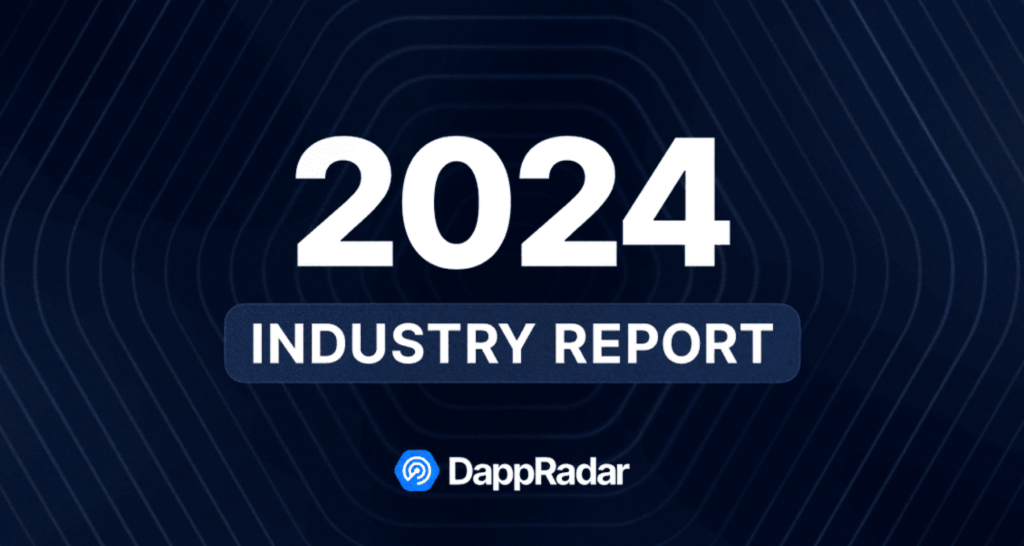What to Do with a Pending BTC Transaction: Practical Tips

With the surge in popularity of BRC20 tokens and so-called NFTs on Bitcoin, many users are grappling with stuck BTC transactions.
On this page
Our article explores the causes behind prolonged “Pending” status of BTC transactions, effective methods to expedite these settlements, and the possible implications of significant delays.
Why do transactions “hang”?
Most frequently, transactions on the BTC network hang due to low fees. However, this could occur due to several reasons:
● Excessive network activity, resulting in fees substantially higher than the standard;
● Users manually reducing the transfer fee;
● The cryptocurrency wallet automatically setting a low fee.
In the first scenario, no action is required. As network activity stabilizes, the commission rate will eventually reduce. If the number of satoshis paid per transaction was set by the wallet or the user, the fee will be lower than the network's average. This results in new transactions always being prioritized in the mempool.
How could one acctlerate a BTC transfer?
If a trader was successful in manually setting the fee while sending, they can control the transaction within the same wallet. However, in some wallets, like Xverse, which are designed for trading Ordinals and BRC20 tokens, a low gas level might be automatically set, and it cannot be increased within that wallet. In such cases, the seed phrase or the private key of the wallet needs to be imported to another wallet, such as:
● Sparrow Wallet;
● Mycelium;
● Electrum.
After downloading the wallet and restoring access, you can modify the current or stalled transaction. But, it requires additional funds in the wallet: in other words, you cannot increase the fee from the satoshis stuck in the transaction itself. This is particularly relevant when you've sent the entire available sum of BTC from your wallet. In such situations, you will need to refill your wallet to have funds for a new transaction.
What if you could't speed the transaction up?
Do nothing. Certain wallets are incompatible with other wallets, making it impossible to increase the fee even after importing the private key. In such cases, all you can do is hope for the BTC network commission to drop to the level of the transaction stuck.
Will a long-pending transfer be executed?
It depends on how low the set commission rate was. For instance, one particular transaction took a whole month to process in the BTC blockchain, until the commission rate fell to $0.2 (or 5 sat/vB). Theoretically, network activity can occasionally spike or drop drastically. Thus, transactions with a $0.1-$0.15 commission will eventually be processed. Here's an example of such a transaction.
In the worst-case scenario, a transfer can remain pending for several quarters or even a whole year. And it will only be processed when there are absolutely no transfers in the BTC network, that is, when Bitcoin is no longer in demand.
The content on The Coinomist is for informational purposes only and should not be interpreted as financial advice. While we strive to provide accurate and up-to-date information, we do not guarantee the accuracy, completeness, or reliability of any content. Neither we accept liability for any errors or omissions in the information provided or for any financial losses incurred as a result of relying on this information. Actions based on this content are at your own risk. Always do your own research and consult a professional. See our Terms, Privacy Policy, and Disclaimers for more details.


























